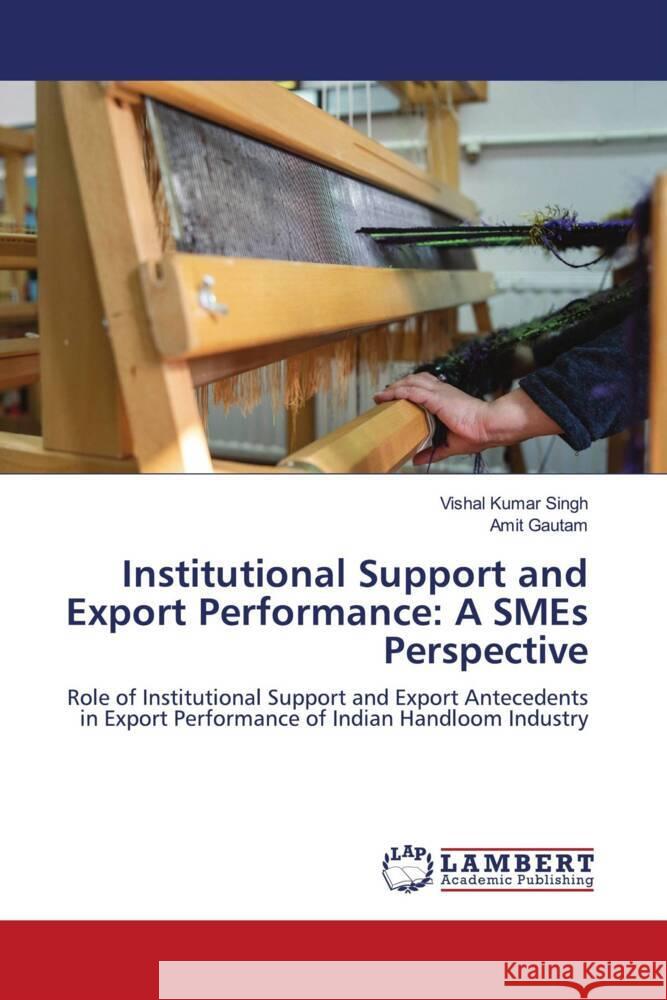Institutional Support and Export Performance: A SMEs Perspective » książka
Institutional Support and Export Performance: A SMEs Perspective
ISBN-13: 9786206751618 / Angielski / Miękka / 180 str.
Handloom is the manual manufacturing (weaving) of fabric on a loom (a device) without the use of electricity. This industry provides job opportunities to both direct and indirect handloom workers. India's considerable population is rural, and it offers an equal opportunity to work for lower-middle-income groups. Government institutions introduce institutional support that assists competent exporting firms, and availing capacity of supports are different according to the firm's requirements and need to be assessed over the period to time that could provide insights of operational feasibility of institutional supports. In the handloom industry, the bulk of export activities in emerging markets are handled by unorganised firms. These firms are prone to many constraints associated with operating in the global marketplace as well as export procedures which include various aspects from production to identifying prospective markets and selling the product in these global markets. The quantitative export measures the industry's competitive advantage in the international markets. The study reveals those aspect of the handloom industry, responsible for continuous declining export revenue.











